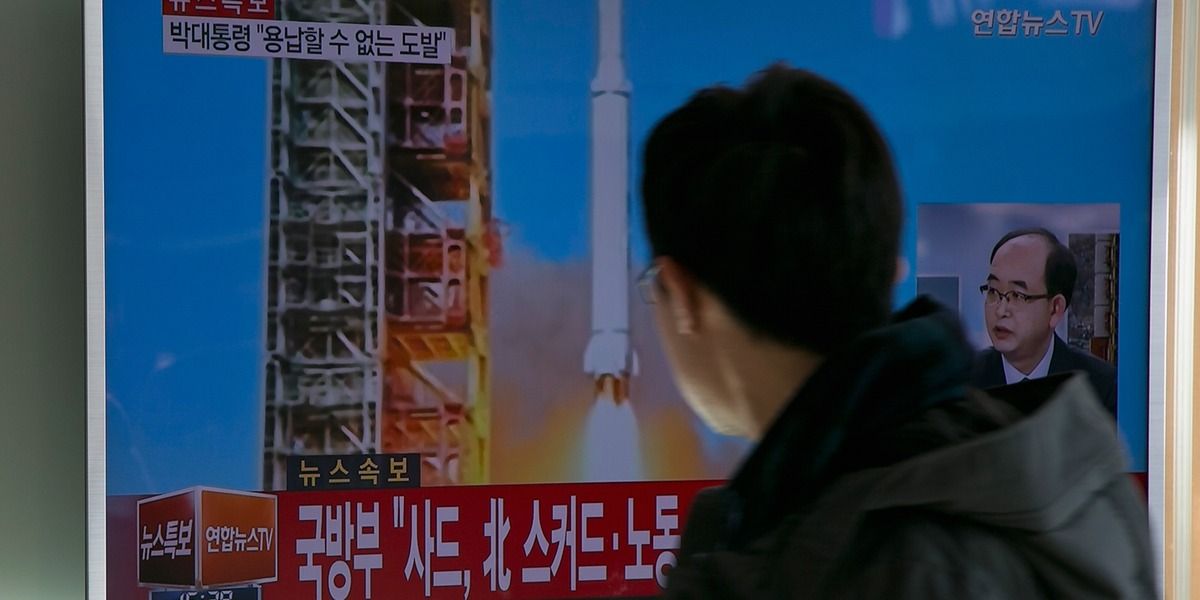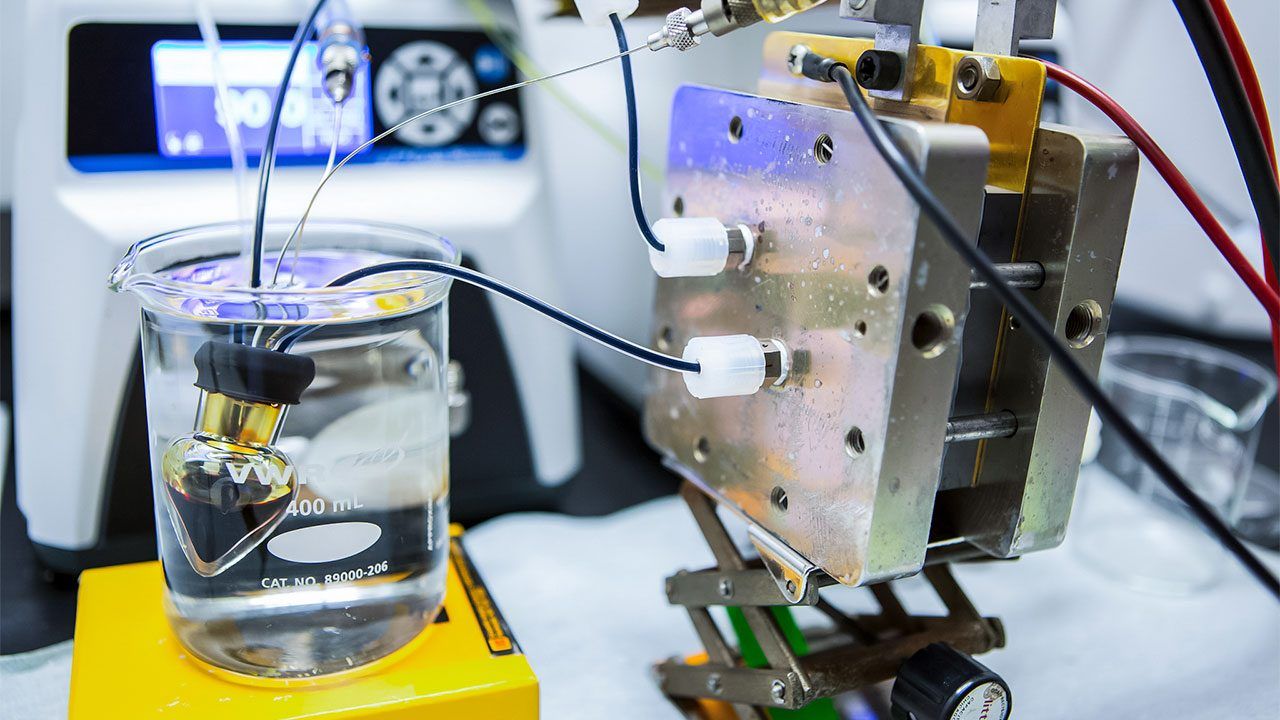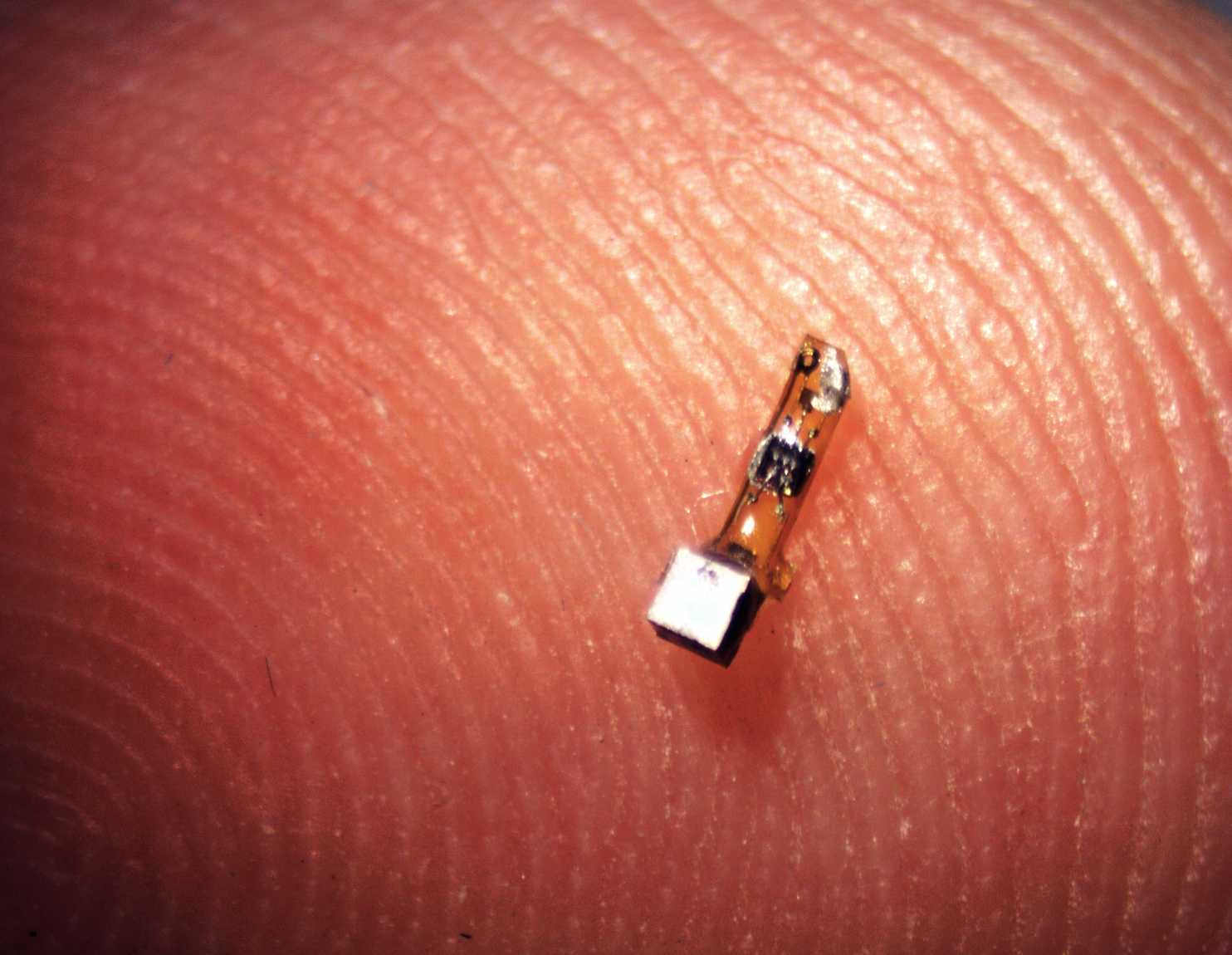Aug 5, 2016
E-government a powerful tool to implement global sustainability goals, UN survey finds | UN News Centre
Posted by Odette Bohr Dienel in categories: government, information science
“A new United Nations report has found that e-government is an effective tool for facilitating integrated policies and public service by promoting accountable and transparent institutions, such as through open data and participatory decision-making …”


















